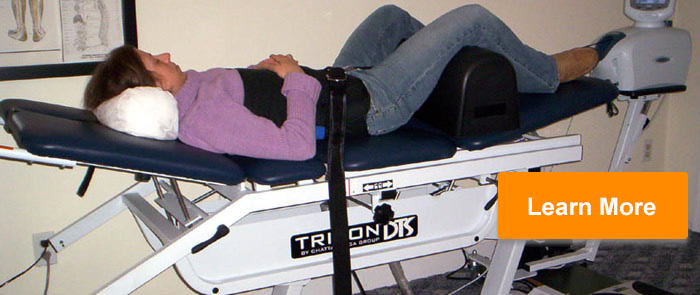Giving birth to a baby is one of the most exciting and sometimes painful times in a woman’s life. Fortunately, there are many options for relief. Take a look at this list of the top pain management options during labor.
Epidural
This is the most common pain management tool for labor in the U.S. Epidural is a regional anesthetic, which means that it numbs or dulls pain in a certain part of the body. An anesthesiologist inserts a very fine needle into a special region of the lower back. This results in a portion of the body generally from the waist down losing sensation. The degree of pain reduction varies; many experience complete relief, while others still feel a great deal of pain. This method is especially common because it allows you to remain awake and alert to see your baby while simultaneously being very helpful with reducing your level of discomfort.
Systemic Medication
Unlike an epidural, systemic medications affect your perception of pain throughout the body, not just in one region. Often, painkillers are given through IV or injection into the muscle. This method of relief does not eliminate the pain; it only dulls your sensation. Some women who receive painkillers are also given tranquilizers to aid in relaxation.
Self-Hypnosis
Self-hypnosis is becoming an increasingly popular method of pain relief for laboring women who want to avoid drugs of any kind. Hypnobirthing and Hypnobabies are two of the most common methods. There are a variety of books, audio CD’s, and websites dedicated to these techniques. In order to use self-hypnosis during labor, it is generally recommended that you practice the technique for several weeks during pregnancy. Some women are quite happy with the results, while others report that they found this method to be completely ineffective.
Water
Many women find that immersion in warm water is an effective means of reducing the pain associated with labor contractions. Some prefer to relax in a warm bath, while others find relief standing in the shower with warm water pouring on the abdomen. Some hospitals have showers and birthing tubs available for low-risk women.
Breathing Exercises
This is another very common form of coping with pain during labor and delivery. There are several different breathing and relaxation techniques available. Programs such as Lamaze and Bradley Childbirth teach some of the more common methods. Effectiveness seems to be rather subjective; some women say it helps a lot, while others are very disappointed. In order to adequately learn these techniques, it is recommended that women prepare thoroughly before going into labor. There are special classes available, as well as books and videos designed to teach this method.
Labor can be very painful for many women, so proper pain management is key. For the best results, try as many of these techniques as possible. You may find that certain methods are better for different phases of labor; likewise, not every method will work for each woman. Start with whichever feels most comfortable to you. If you are based in Los Angeles, you can find local help on the following website: Pain Management Los Angeles.
